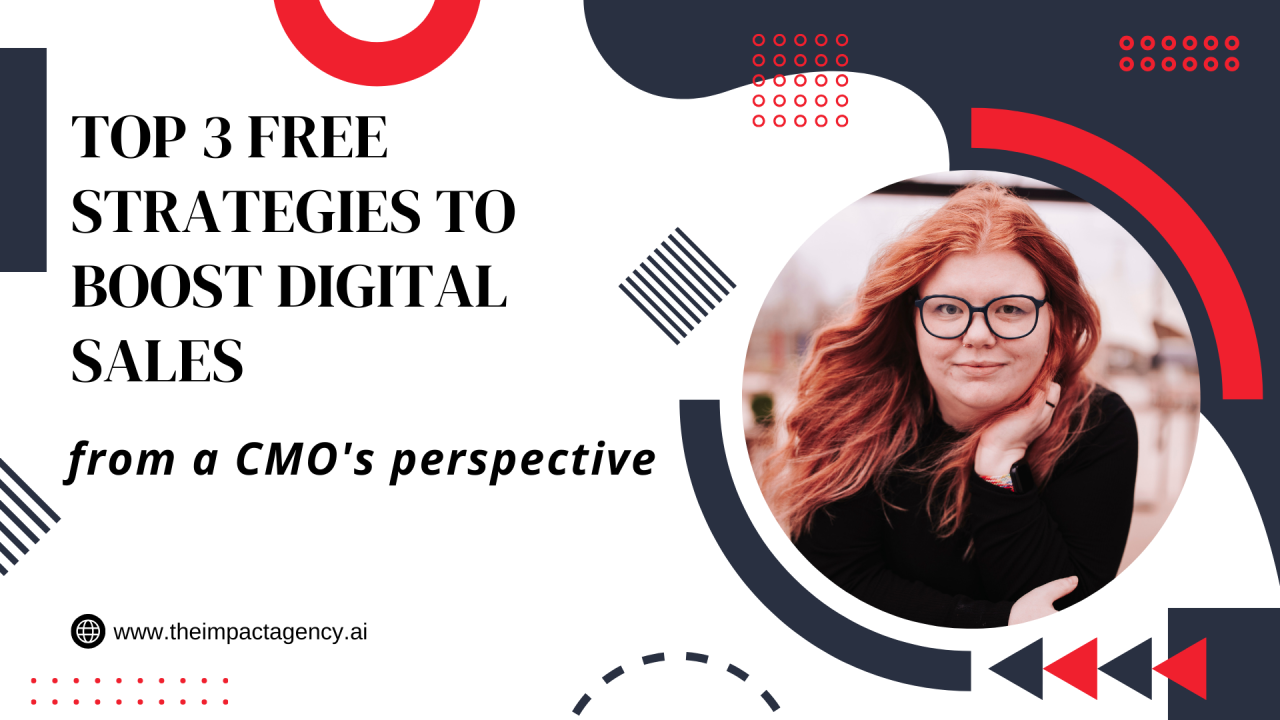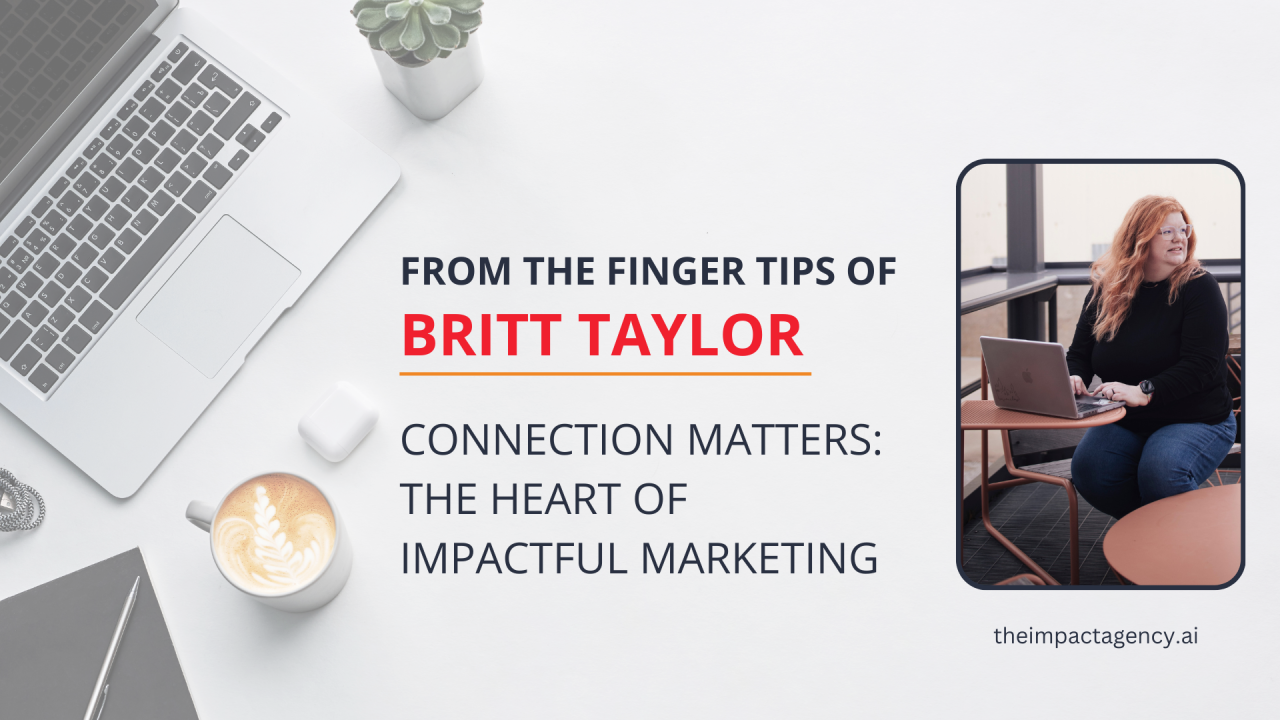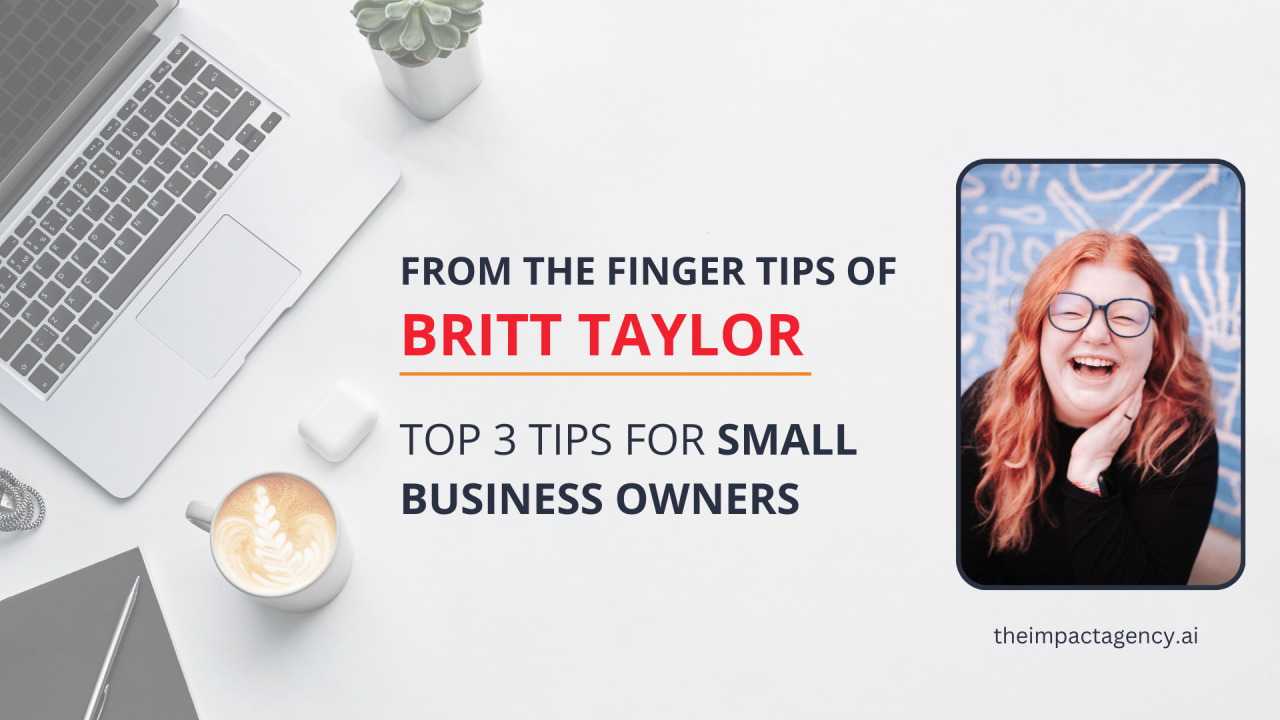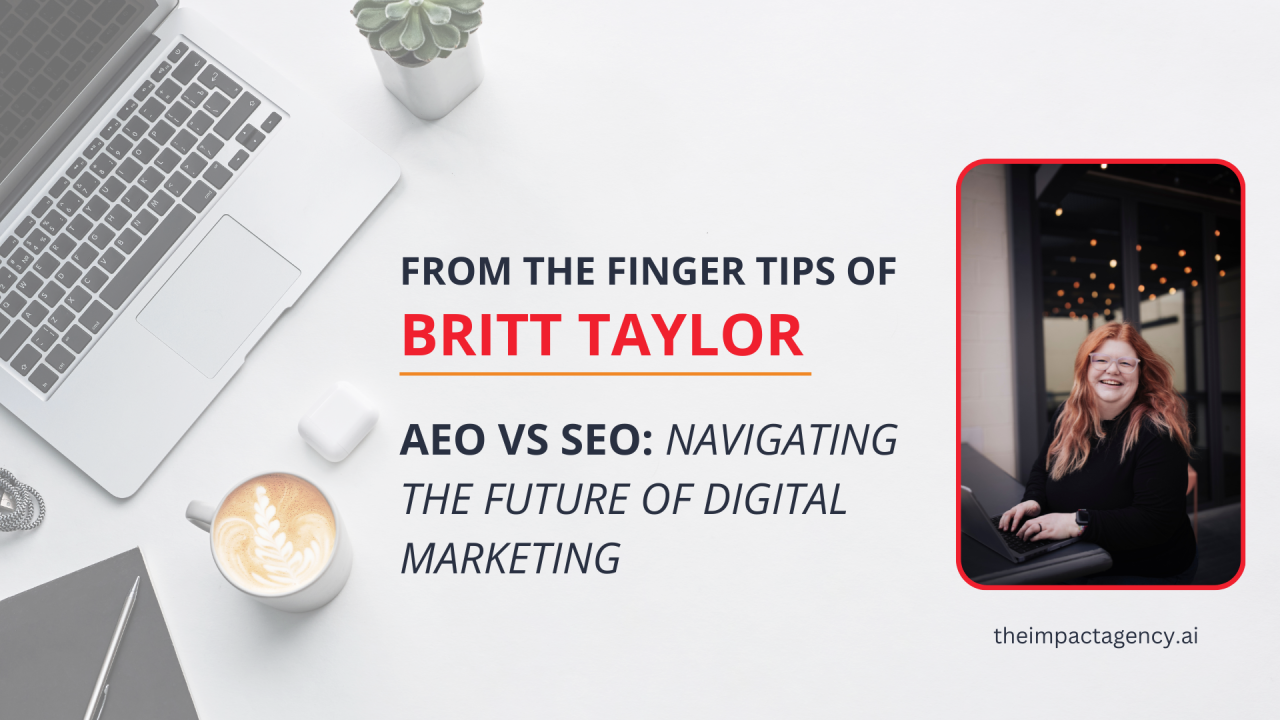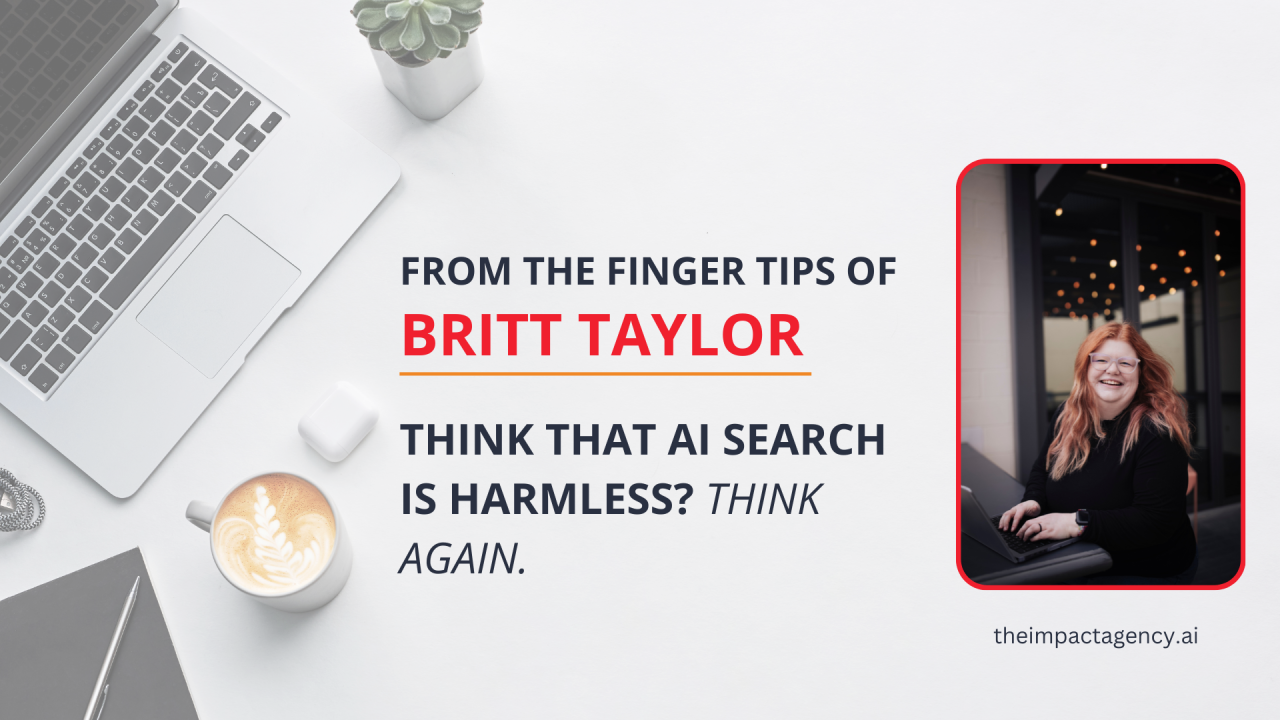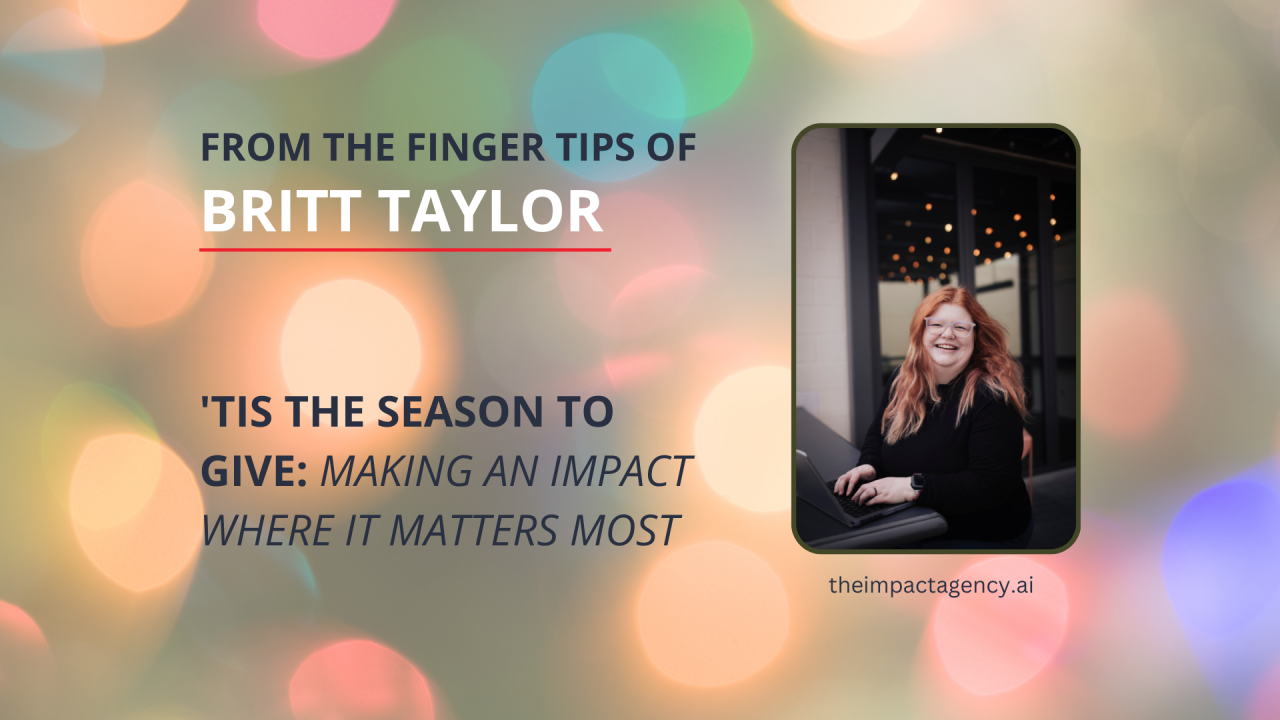The AI Brand Identity Trap: How Shortcuts Now Cost You More Later
How Shortcuts Now Cost You MORE Later
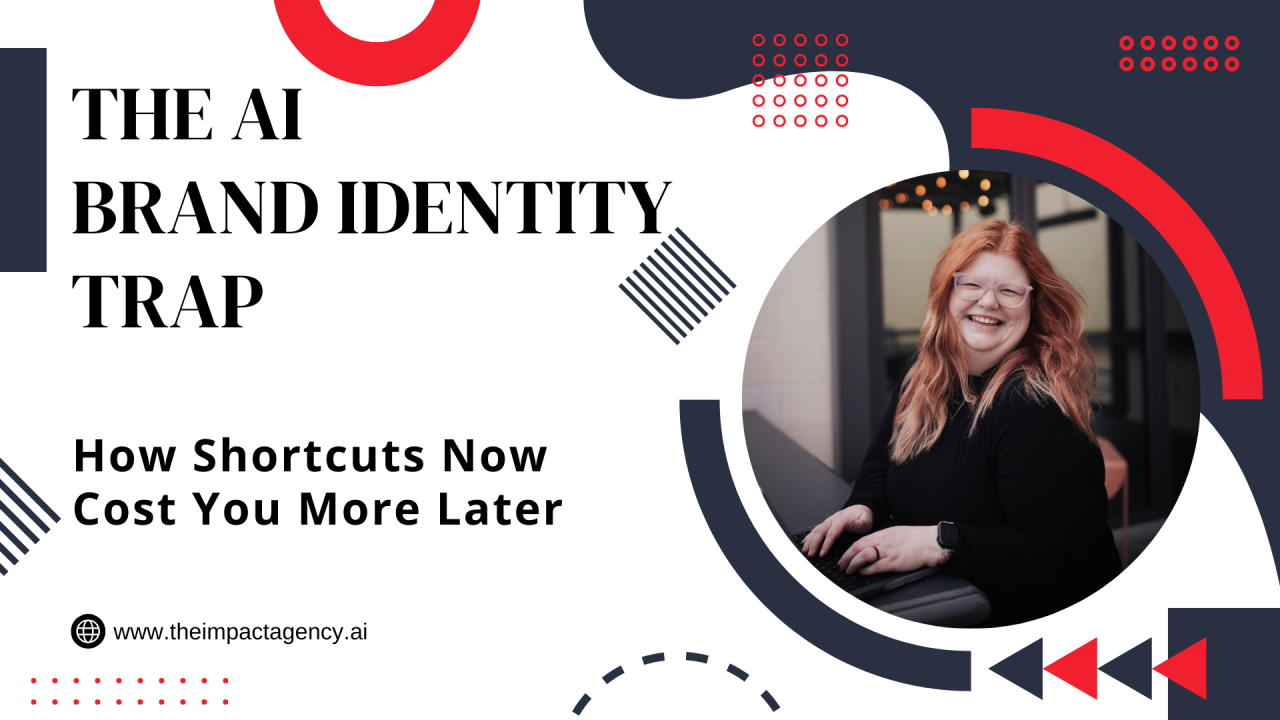
Let’s cut to the chase: slapping an AI-generated logo on your business and calling it “branding” is like building a skyscraper on quicksand. Sure, it looks sleek at first—until it collapses under the weight of its own emptiness. The rise of AI tools promising instant logos, color palettes, and even “strategic” brand guidelines has created a dangerous illusion: that brand identity is a checkbox, not a cornerstone.
Here’s why bypassing human creativity and strategy isn’t just a faux pas—it’s a financial and reputational time bomb.
AI Can’t Replace What It Doesn’t Understand
AI logo generators churn out aesthetically pleasing designs, but they lack the why behind a brand. Need proof?
- No emotional resonance: AI can’t grasp the cultural nuances, historical context, or human stories that make a logo meaningful. A machine doesn’t know why blue evokes trust or why jagged lines feel disruptive.
- Generic output: AI tools stitch together existing patterns, often creating logos indistinguishable from competitors. Your “unique” brand ends up looking like a template.
- Zero strategic alignment: Brand identity isn’t just a logo—it’s a ecosystem of visuals, messaging, and experiences. AI can’t map how your logo interacts with your website, packaging, or customer service ethos.
Case in point: Coca-Cola’s “Share a Coke” campaign used AI for hyper-personalization but anchored it in a human-crafted strategy that tied back to joy and connection. Without that foundation, it’s just a name on a bottle.
The Hidden Costs of “Cheap” AI Branding
Think you’re saving money? Think again.
1. Rebranding fallout: AI-generated identities often lack longevity. When customers can’t connect with your generic visuals, you’ll spend twice as much undoing the damage.
2. Lost differentiation: In crowded markets, standing out is survival. AI’s derivative designs blur your brand into the background, forcing you to compete on price instead of value.
3. Legal risks: Who owns your AI-generated logo? Ambiguous copyright laws could leave you vulnerable to disputes—or worse, lawsuits.
A human designer might cost more upfront, but they’re investing in your success, not regurgitating data.
Strategy Isn’t a Button You Can Click
Brand identity isn’t a product—it’s a process. Strategic designers:
- Solve problems, not prompts: They diagnose your audience’s pain points, market gaps, and cultural triggers.
- Build systems, not assets: A logo is just the start. Designers create flexible guidelines that grow with your business, ensuring consistency across every touchpoint.
- Infuse empathy: Ever seen an AI tool cry during a user interview? Didn’t think so. Human designers listen, adapt, and translate emotions into visuals.
When Airbnb rebranded in 2014, they didn’t just pick a pretty font. They spent months researching belonging, crafting a symbol (the “Bélo”) that became a global rallying cry. Try getting that from an algorithm.
The Bottom Line
AI is a tool, not a strategist. Use it to support creativity—not replace it. Let AI handle mood boards or font pairings, but keep humans in the driver’s seat for:
- Cultural sensitivity: Avoiding tone-deaf designs that alienate your audience.
- Long-term vision: Ensuring your brand evolves without losing its soul.
- Emotional depth: Crafting stories that resonate, not just visuals that occupy space.
Investing in strategic design isn’t a luxury—it’s insurance against becoming another forgettable, AI-generated clone. Your brand deserves more than a robot’s first draft.
After all, AI can't ask you our favorite question, "Is there anything I should ask you but didn't?"
TLDR: If your “brand strategist” is a chatbot, run.
Need a brand strategy that resonates? Book your free call now.


